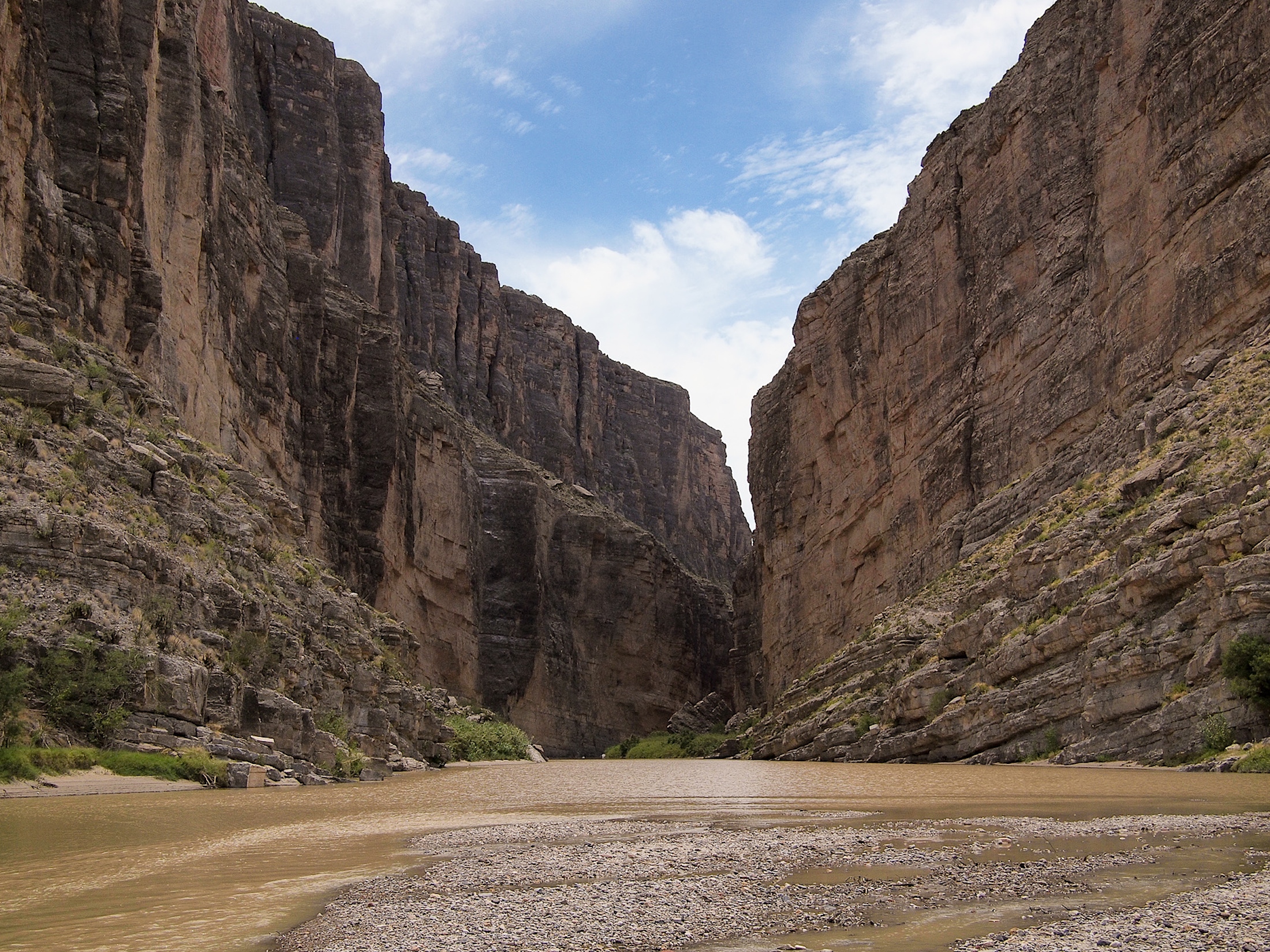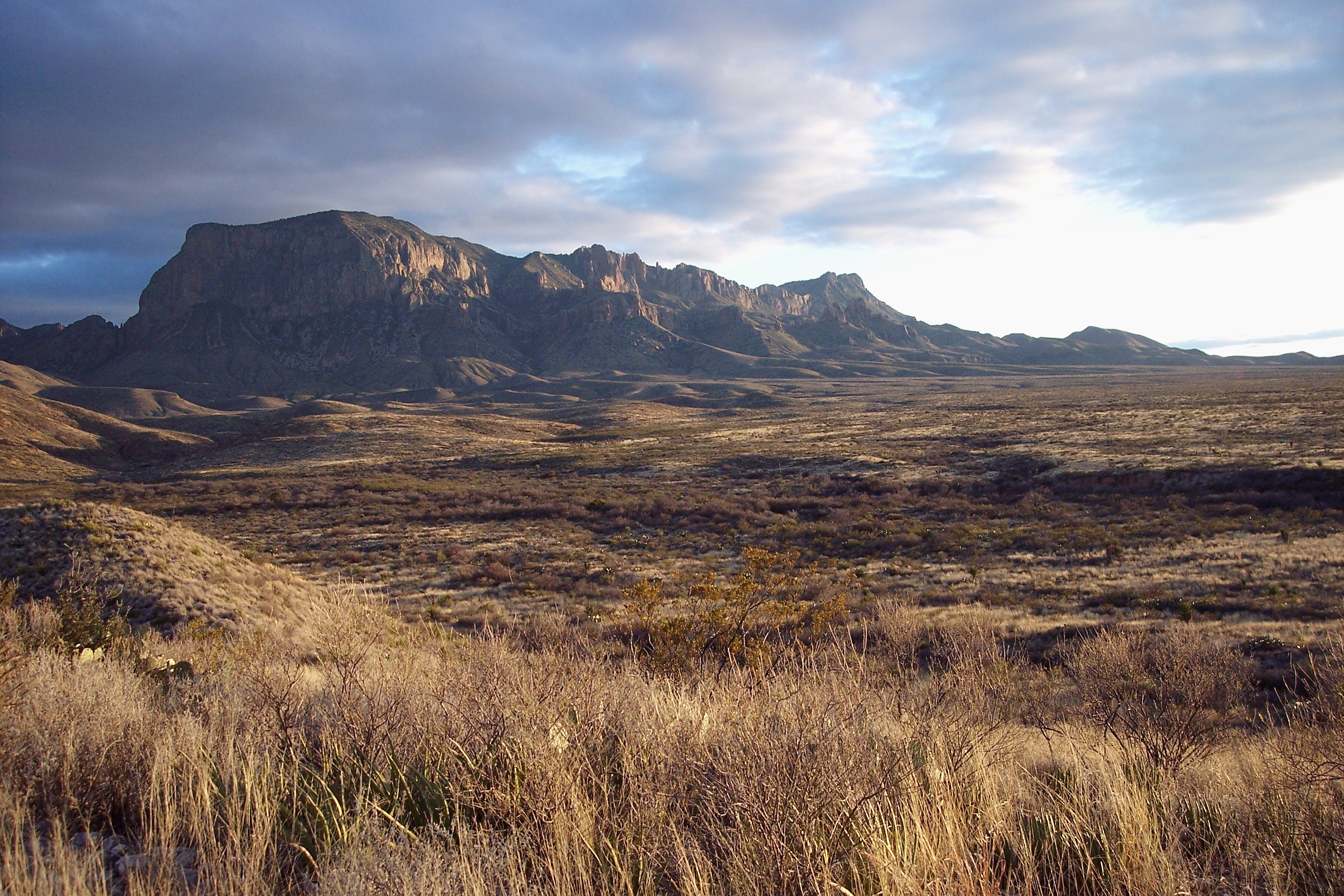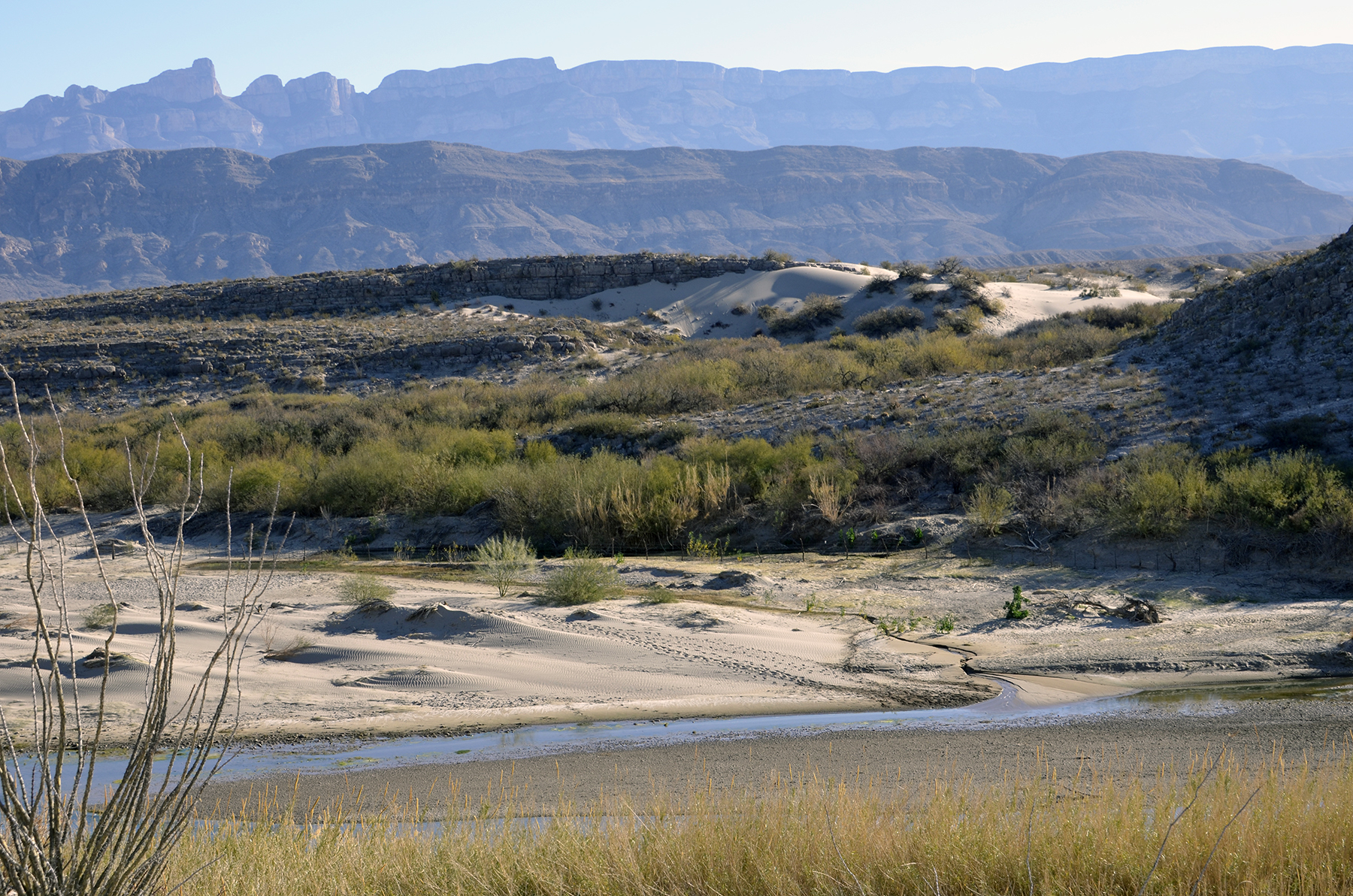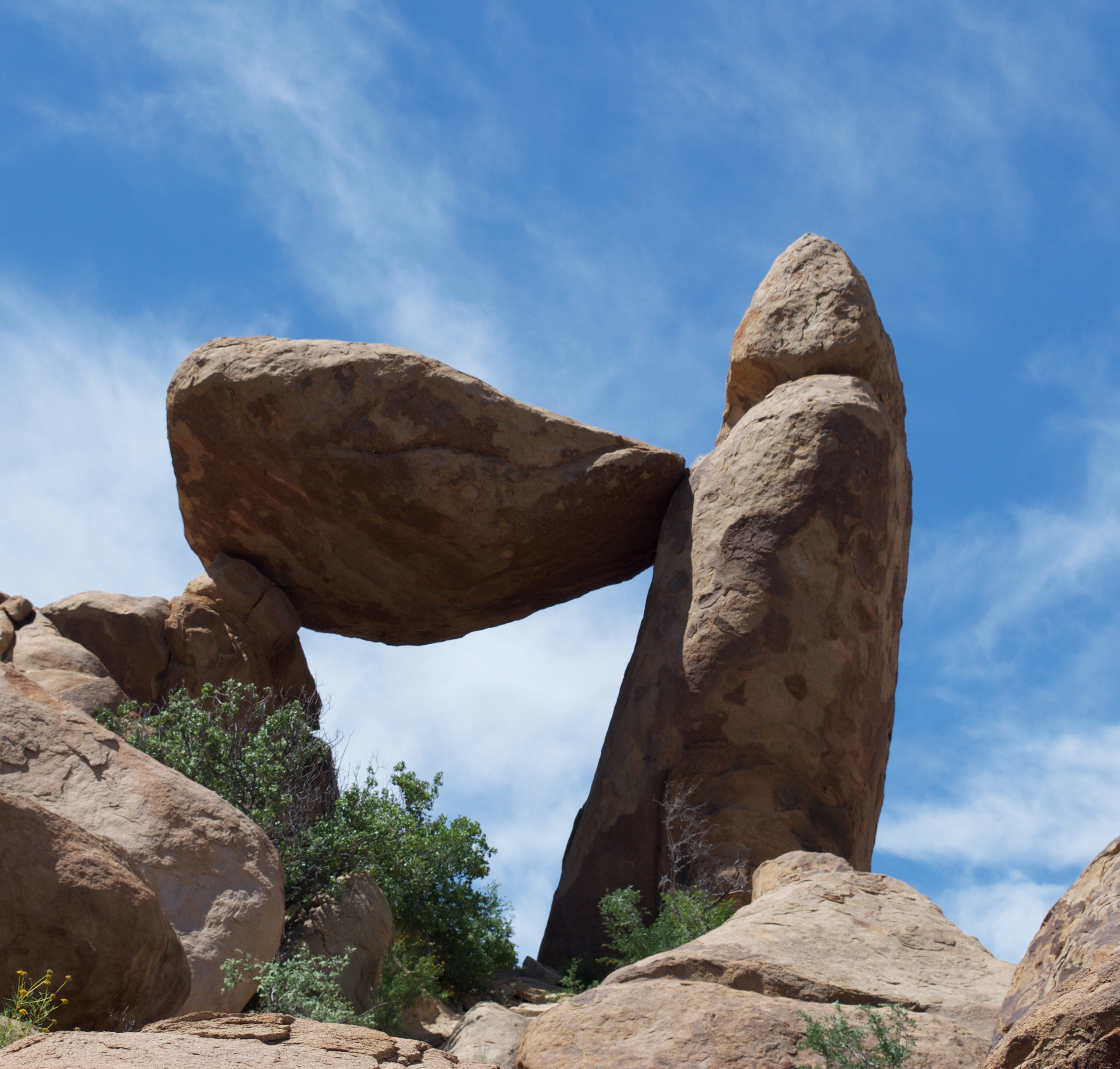Hi Ian,
Greetings in the New Year!
How are you? And happy New Year ~ with my Season's Greeting's 2021 letter here ~ https://scott-macleod.
I last took lessons from you in / around San Francisco in 2010 - for which I thank you! And I've just completed my first Scottish Small Pipes' album entitled "Honey in the Bag" - https://
Am learning too from these Guidelines for Practicing a Musical Instrument (by Ma and Marsalis) -
Am continuing to develop CC-4 MIT OCW-centric wiki World Univ & Sch in which there are a number of Bagpiping wiki subjects as well (planned in Scottish Gaelic potentially, and if helpful, as well) !
Thank you!
Best regards,
Scott
https://twitter.com/
https://twitter.com/
https://twitter.com/
https://twitter.com/
https://twitter.com/
Would love to focus on your Guidelines too -
Ian Whitelaw's Guidelines for Interpreting Piobairreachd
1. Establish a beat (nonmensurally)! The 1st is strong, the 4th is the strongest. (For Piobairreachds in ¾, the third note is the strongest beat).
2. Show contrast between the long and short notes, emphasizing the long notes and really shortening (de-emphasizing) the short notes.
3. Watch for mirrors? - where the same theme is played on different notes. (Call and answer).
4. If you're already on a note before a cadence, give the following note, after the grace note, the time, to link phrases together.
5. When playing a 'he heran' (cantairreachd for ...) always hold the E.
6. If the note has embellishments, accent it! Hold it.
7. Give space longer to a note before and after the cadence, and before and after a double echo.
8. Always hold the A after a birl.
9. Two notes are never the same, and usually the 2nd note is longer than the first.
10. If the note has a doubling on it, you always hold it.
11. When a cut note is the first beat in the bar, make the first note of bar absolutely on the beat.
12. In a Braebach (Piobairreachd) tune, in a crunluath singling, count to 3 before playing the crunluath, and make the following two notes even.
13. In a Braebach doubling, count to two before playing the crunluath movement.
14. In the taorluath movement, play the melody notes in this order: long, longer, longest. Make each note a different length, and make the third the longest!
Piobairreachd
Structures:
Primary
a a b
a b b
a b
Secondary
a b c d
b c
Tertiary
Regular
Irregular
Types of Piobairreachd
Braebach tune
Strong, sing song rhythmic beat
Fosgailte tune
Instead of Taorluath, play GDF for crunluath
Play the theme note followed by short note followed by eedree
Also, in fosgailte, never play the crunluath a mach (open)
Standard
1. Establish a beat (nonmensurally)! The 1st is strong, the 4th is the strongest. (For Piobairreachds in ¾, the third note is the strongest beat).
2. Show contrast between the long and short notes, emphasizing the long notes and really shortening (de-emphasizing) the short notes.
3. Watch for mirrors? - where the same theme is played on different notes. (Call and answer).
4. If you're already on a note before a cadence, give the following note, after the grace note, the time, to link phrases together.
5. When playing a 'he heran' (cantairreachd for ...) always hold the E.
6. If the note has embellishments, accent it! Hold it.
7. Give space longer to a note before and after the cadence, and before and after a double echo.
8. Always hold the A after a birl.
9. Two notes are never the same, and usually the 2nd note is longer than the first.
10. If the note has a doubling on it, you always hold it.
11. When a cut note is the first beat in the bar, make the first note of bar absolutely on the beat.
12. In a Braebach (Piobairreachd) tune, in a crunluath singling, count to 3 before playing the crunluath, and make the following two notes even.
13. In a Braebach doubling, count to two before playing the crunluath movement.
14. In the taorluath movement, play the melody notes in this order: long, longer, longest. Make each note a different length, and make the third the longest!
Piobairreachd
Structures:
Primary
a a b
a b b
a b
Secondary
a b c d
b c
Tertiary
Regular
Irregular
Types of Piobairreachd
Braebach tune
Strong, sing song rhythmic beat
Fosgailte tune
Instead of Taorluath, play GDF for crunluath
Play the theme note followed by short note followed by eedree
Also, in fosgailte, never play the crunluath a mach (open)
Standard
Ian Whitelaw's Rules for Interpreting Light Music
1. Always hold the first beat of the bar, - some longer than others but always hold the first beat.
2. Play the note with a doubling on it a little longer in order to accent it – not much but be sure you do not skip over the note.
3. Always hold the D after making a D throw in order to accent the note. When the note is cut, be sure to finish the note.
4. About playing two notes that are the same such as A to A or B to B, for example: when the notes are divided by a movement / grace note, always give weight to the second note.
5. Always hold the note after playing a taorluath – not before.
6. When playing a G,D,E movement, the accent or weight goes on the note with the F grace note.
7. When playing a 3 note run, accent the third note. The run is a fancy way of playing the last note. The third note is the one that gets the attention and the weight.
8. When playing two long notes, whether they are dotted or just long notes, give the weight or accent to the second note. This is also referred to as an “after beat.” It's very useful in the playing of 2/4 marches and reels.
9. Always hold the A after the birl. The birl is an embellishment of A. Sometimes the music directs to cut the A after the birl and go to High A, - this is fine because the birl is still accenting A.
10. Always separate the doublings from the tachums.
11. When playing a cut note at the beginning of a bar, hold the note prior to it slightly so that the cut note falls exactly on the beat.
1. Always hold the first beat of the bar, - some longer than others but always hold the first beat.
2. Play the note with a doubling on it a little longer in order to accent it – not much but be sure you do not skip over the note.
3. Always hold the D after making a D throw in order to accent the note. When the note is cut, be sure to finish the note.
4. About playing two notes that are the same such as A to A or B to B, for example: when the notes are divided by a movement / grace note, always give weight to the second note.
5. Always hold the note after playing a taorluath – not before.
6. When playing a G,D,E movement, the accent or weight goes on the note with the F grace note.
7. When playing a 3 note run, accent the third note. The run is a fancy way of playing the last note. The third note is the one that gets the attention and the weight.
8. When playing two long notes, whether they are dotted or just long notes, give the weight or accent to the second note. This is also referred to as an “after beat.” It's very useful in the playing of 2/4 marches and reels.
9. Always hold the A after the birl. The birl is an embellishment of A. Sometimes the music directs to cut the A after the birl and go to High A, - this is fine because the birl is still accenting A.
10. Always separate the doublings from the tachums.
11. When playing a cut note at the beginning of a bar, hold the note prior to it slightly so that the cut note falls exactly on the beat.
*
. . .
*
| 8:30 PM (1 hour ago) |   | ||
| ||||
Great, Ian,
Scott MacLeod - https://twitter.com/
World Univ and Sch Twitter - http://twitter.com/
Languages - World Univ - http://twitter.com/sgkmacleod
WUaS Press - https://twitter.com/WUaSPress
“Naked Harbin Ethnography” book (in Academic Press at WUaS) - http://twitter.com/HarbinBook
OpenBand (Berkeley) - https://twitter.com/
Glad to have just published my 5th book - and on Jan 1, 2021, also Harbin Hot Springs' inspired:
Light, Float, Sit, Watsu ~ Virtually:: Bodymind Electricity Sings to Me at Harbin Hot Springs & Other Traveling Poems
Paperback – January 1, 2021
by Prof Scott GK MacLeod III (Author)
https://www.amazon.com/dp/
https://www.amazon.com/author/
Thanks so so much ... and likewise! How to create a new culture out of our potential communication is a new direction ... Besides Ceol Mor and Ceol Beag with your guidelines, and in particular finding the groove (eg Stuart Liddell and Gordon Duncan-wise, but on SSP), in an innovative way, am curious about jamming with Piobaireachd melodies (since couldn't Pibroch be understood as a kind of 'piping the blues' :) creatively between 2 pipers and, say, with the Allman Brothers with Jerry Garcia in '73 at Cow Palace in SF - https://youtu.be/DNAmXz8kc6I - from around 2:50 - 3;10 but throughout, and possibly with singing too (which the small pipes' free up:). How best to explore, and with rhythm and blues' drumming even ... What keys are these Allman Bros. songs in? My chanters are in A, D, and B flat mixolydian, and the baritone drone can tune a 4th or a 5th above the 'tonic note.' Canaireachd too as jabberwocky "'Twas brillig, and the slithy toves Did gyre and gimble in the wabe;All mimsy were the borogoves,And the mome raths" would some of this be alternative culture, hippy culture, piping counterculture ? :) ... But first, the difference between the Crunluath and Crunluath a Mach, - and perhaps Piobaireachd from the CoP Yellow Tutor Vol 4, and the Light Music from my album, among other many other pieces?
What's the URL for your cousin's SSP club video, if I understand you correctly? Might we meet in a Google Meet video conference, to which I would invite you?
How about, during Covid-19 pandemic, possibly at 11 am on a Tuesday or Wednesday (since I hold a WUaS News and Q&A on Mondays at 10am, so Mondays aren't great at this time, and attend some Stanford talks online around noon on some days)? Other times would be possible ... Is your rate $65 for an hour, or for what time frame please? Thanks so so much, Ian!
Kind regards,
Scott
Scott MacLeod - https://twitter.com/
World Univ and Sch Twitter - http://twitter.com/
Languages - World Univ - http://twitter.com/sgkmacleod
WUaS Press - https://twitter.com/WUaSPress
“Naked Harbin Ethnography” book (in Academic Press at WUaS) - http://twitter.com/HarbinBook
OpenBand (Berkeley) - https://twitter.com/
Glad to have just published my 5th book - and on Jan 1, 2021, also Harbin Hot Springs' inspired:
Light, Float, Sit, Watsu ~ Virtually:: Bodymind Electricity Sings to Me at Harbin Hot Springs & Other Traveling Poems
Paperback – January 1, 2021
by Prof Scott GK MacLeod III (Author)
https://www.amazon.com/dp/
https://www.amazon.com/author/
*
. . .
* *
Sat., January 9, 2021
Thanks so much, Ian!
Your testimonial from Terry Lee points much potential for exploring the SSP's sound (a whole new world re GHB sound), and newly online! -
“Ian has been a major contributor to the success of the Simon Fraser University Pipe Band over the years. What sets him apart from others is that Ian always has the ultimate bagpipe sound in his mind before proceeding to other issues.”
Terry Lee, Pipe Major of the Simon Fraser University Pipe Band, Five-time world champions.
http://www.aceltictraveler.
Terry Lee, Pipe Major of the Simon Fraser University Pipe Band, Five-time world champions.
http://www.aceltictraveler.
Looking forward to hearing if you're available to teach. Thank you!
Cheers,
Scott
*
| Sun, Jan 10, 1:55 PM (2 days ago) |   | ||
| ||||
Hello Ian!
What's your thinking about proceeding with online lessons, please? Thank you!
While my main focuses are on learning and improving my Piobaireachd and Light Music on the Scottish Small Pipes, I did find re exploring creatively riffing with the Allman Bros in 1973
- https://youtu.be/DNAmXz8kc6I
(where none of the keys for my A, D, and B flat Mix chanters seemed right - where the A Mixolydian SSP chanter seems to work well in playing Scottish Country Dance sheet music in the key of D major, for example - https://twitter.com/
Chicago Blues Shuffle Backing Track for Drummers + Guitar Solo (NO DRUMS)
Appreciating much in your Guidelines for Ceol Mor and Ceol Beag, and would be interested, if possible please, in beginning with these, and exploring them point for point.
Thank you,
Scott
*
. . .
*
| Sun, Jan 10, 9:20 PM (2 days ago) |   | ||
| ||||
Thanks, Ian!
Kind regards, Scott
*
. . .
*
Thank you, Ian!
This video - https://youtu.be/ENzIxbMEo2c - was inspiring in a number of ways, the Piobaireachd to a rhythm with the images of the farm, the quartet and their playing remotely, all the examples of small piping, and the different bagpipes too, the compositions, in some ways a kind of groove too in some, and more, all videos of mostly Australian Scots, - almost a SSP+ showcase from OZ! Thank you for thinking of me and sending this. What can I 'riff' with idea-wise and in terms of the SSP sound I'm heading for? To be seen ...
One piping video (Uilleann) I find inspiring on numerous listenings is Catherine Ashcroft and Maurice Dickson's 2 tunes, slow and fast -
Catherine Ashcroft & Maurice Dickson (Mochara) - Táimse im' Chodladh/King of the Pipers
https://youtu.be/P40YOU8ggJk
It's the expressivity I appreciate too ...
Catherine Ashcroft & Maurice Dickson (Mochara) - Táimse im' Chodladh/King of the Pipers
https://youtu.be/P40YOU8ggJk
https://youtu.be/P40YOU8ggJk
(but on Uilleann pipes, - and with guitar too for expressive synergies).
Playing a tune one is learning with a metronome, can help, but not necessarily with expressiveness, which may come out of the communication between piper and accompanist.
So, in what ways could I head toward this kind of Catherine Ashcroft note duration for expressive beauty on the Scottish Small Pipes, and in the 2nd iteration of my 'Honey in the Bag' tunes - https://
And similarly Stuart Liddell's fingering - "Stuart Liddell - Lunchtime Recital 2010: 3 of 8" (2010)
- https://youtu.be/pQEJf5XZPL8 - even for slow tunes like "My Home," and for both simple and complex tunes, - for the unique remarkable flow experiences of listening, is very inspiring. How to develop such wonderful open fingering for playing expressive light music, not on Stuart's amazing sound highland pipes too, but on small pipes?
And could I plan for 2 further bagpiping albums, after a 2nd iteration of 'Honey in the Bag' - 1) one, of the 10 most beautiful Piobaireachd (to my ear, - and what is beauty in a Piobaireachd, or what is 'lyrical' beauty in tunes in light music? - And what is beauty in piping?), and 2) two, the other album with new favorite light music tunes? Such goals help me also improve my piping - and toward beautiful playing, with conversation with you - and are helpful re Guidelines for Playing a Musical Instrument - http://scottmacleod.com/GuidelinesPracticingMusicalInstrument.htm - almost in terms of 'charting.'
And I'd like to innovate excellently with Piobaireachd and in new ways with the SSP compared even with the GHB, and riff naturally with the 1973 Allman Bros I sent you, after first finding some keys in which this is possible.
Am working too (tonight when I was playing) on developing my Crunluath a Mach, the Taorluath a Mach, the Crunluath Breabach, and Crunluath Fosgailte, from the back of the CoP Yellow Tutor, Vol 4 Revised edition - and for first playing "The Desperate Battle of the Birds."
I'd like my first tune on the Piobaireachd album to be 'The Desperate Battle of the Birds,' which I find very beautiful as well.
Might we get together to talk about some of this further please?
Thank you so much for sharing the inspiring "Jimmy's Gift" video ... am seeking a kind of excellence in playing too, in both the classical Piobaireachd, re expressiveness, as well as in the Light Music, to create almost trance, whirling, flight flow experiences (coming into conversation with Stuart Liddell, and maybe some of the tunes from his Piping Live Glasgow 2010) for the listeners. I used a metronome with headphones on my first album, but think that GREAT drum rhythms - perhaps generated with Scottish AI Artificial Intelligence and Machine Learning for Drumming - on headphones would be interactively and communicatively beneficial and could even be wonderful.
Thank you, Ian, for your thinking!
Scott
* * *
Developing World Univ & Sch's Courses in Many Languages (from best STEM CC-4 OCW)
| |||
HI Sri, Houcemeddine, Lydia, Prasanth, All,
Thanks for your email, Rifai, and regarding both the Sinhala language (in Sri Lanka), and Tamil language, just across the ocean in India from you. Thanks too for your offer to begin building a learning management system (LMS) in Moodle, "if our [WUaS] plans with edX and G Suite do not go well." Am glad that WUaS is in G Suite For Education (since 2015, thanks to Google's Evan Schmidt), and that it could be very helpful for many things, but also even for reimbursement from all ~200 countries' departments of education for CC-4 MIT OCW-centric WUaS). And it seems that WUaS is in the process of partnering with edX, but that WUaS needs, as I calculate it, $101,000, so $50,000 to interoperate the edX Dashboard with the WUaS platform (presumably in G Suite), in Wikibase (thanks, Houcemeddine, Abdelwaheeb, here in this email thread), and $51,000 for 150 students for one year which WUaS would pay to edX (in a students' 4 year free online Bachelor degrees' program) first in English. So how to build out WUaS's other languages - and toward degrees?
I'd like to introduce you all to Prasanth and Imad, WUaS's 2 prospective graduate students potentially beginning in May 1, and potentially taking edX undergraduate courses to matriculate at WUaS in September 1 for probably 7-year avg time to completion WUaS PhDs (https://ocw.mit.edu/).
Prasanth is very interested in developing Tamil language World Univ & Sch, as well as all 22 scheduled languages in India, and regarding the WUaS Press's machine translations-into-books as products, even. Regarding my recently published 5th book, "Light, Float, Sit, Watsu ~ Virtually: ..." - https://scott-macleod.
Scott:
Thanks a lot. I forwarded it to
National Translation Machine
-Prasanth
Here's the book (and which could be sold in each of your countries and languages, to create careers, and generate revenue, and opportunities for degrees)
Light, Float, Sit, #Watsu ~ Virtually: Bodymind Electricity Sings to Me at #HarbinHotSprings & Other Traveling Poems' (book) is AVAILABLE ! :)
Paperback – January 1, 2021 by @SGKMacLeod (Author)
https://amazon.com/dp/
~http://amazon.com/author/
@WUaSPress (@WorldUnivAndSch)
Paperback – January 1, 2021 by @SGKMacLeod (Author)
https://amazon.com/dp/
~http://amazon.com/author/
@WUaSPress (@WorldUnivAndSch)
So,
Starting a new Tamil language World University and School for Tamil Nadu-ans, in Tamil, and thanks to Prasanth in Madurai, south India
Perhaps you've noted here for example - https://scott-macleod.
1) free to students' DEGREES - with students taking MIT OCW and NEWLY edX courses, as WUaS licensing with BPPE and accredits with WASC senior
2) WUaS is a free wiki, for open teaching and learning, where you or I can add free high quality courses, and teaching resources to our WUaS wikis - and eventually in Tamil, in French, in Arabic - now in English. But these resources, like Youtube videos you created teaching something in Tamil about Electronics' engineering, or free books like the ones you shared - or Coursera+Khan Academy courses - would NOT be for credit, toward WUaS free degrees.
There are a number of ways to add discussions, for example to a WUaS wiki subject page - https://wiki.
2.13 Select Conversations / Dialogues / Idea Competitions
- and which will be added to all WIKI subjects via - https://wiki.
- so that, for example, you could start a Google group with a group of WUaS students, or a Twitter conversation
I can see a number of directions that World Univ & Sch would head in with regarding to developing WUaS in the Tamil language:
1 Supporting scientific papers that are written in Tamil - perhaps in a Google Scholar sort of way
2 Creating online university and school on both sides (for degrees and as wiki schools) - and on WUaS platforms as they develop
3 Translation from many languages into Tamil language by developing the machine translation, both for poetry and STEM
...
So Prasanth, entering a WUaS PhD program would involve your taking some edX courses (and not research) this summer - if and as WUaS proceeds with partnering with edX - to prepare you for entering this PhD program, and candidacy, in your major, and Imad, probably some Computer Science undergraduate courses
https://scott-macleod.
Perhaps you've noted here for example - https://scott-macleod.
1) free to students' DEGREES - with students taking MIT OCW and NEWLY edX courses, as WUaS licensing with BPPE and accredits with WASC senior
2) WUaS is a free wiki, for open teaching and learning, where you or I can add free high quality courses, and teaching resources to our WUaS wikis - and eventually in Tamil, in French, in Arabic - now in English. But these resources, like Youtube videos you created teaching something in Tamil about Electronics' engineering, or free books like the ones you shared - or Coursera+Khan Academy courses - would NOT be for credit, toward WUaS free degrees.
There are a number of ways to add discussions, for example to a WUaS wiki subject page - https://wiki.
2.13 Select Conversations / Dialogues / Idea Competitions
- and which will be added to all WIKI subjects via - https://wiki.
- so that, for example, you could start a Google group with a group of WUaS students, or a Twitter conversation
I can see a number of directions that World Univ & Sch would head in with regarding to developing WUaS in the Tamil language:
1 Supporting scientific papers that are written in Tamil - perhaps in a Google Scholar sort of way
2 Creating online university and school on both sides (for degrees and as wiki schools) - and on WUaS platforms as they develop
3 Translation from many languages into Tamil language by developing the machine translation, both for poetry and STEM
...
So Prasanth, entering a WUaS PhD program would involve your taking some edX courses (and not research) this summer - if and as WUaS proceeds with partnering with edX - to prepare you for entering this PhD program, and candidacy, in your major, and Imad, probably some Computer Science undergraduate courses
https://scott-macleod.
*
And we in this email thread are all the core multi-language group at World Univ & Sch. So in what ways can we bring together the platforms of G Suite for Education with Google Translate in ~100 languages, WUaS Wikibase/ Wikidata in ~300 languages, with the 22 official / scheduled languages of India National Machine Translation organization ... in a new platform, and even to produce a product too - like my "Light, Float, Sit, Watsu ~ Virtually: ..." book in each of your languages with machine translation - https://scott-macleod.
Regards,
Scott
WUaS Annual Meeting Minutes
*
https://en.wikipedia.org/wiki/Big_Bend_National_Park
...





.jpg)


No comments:
Post a Comment
Note: Only a member of this blog may post a comment.